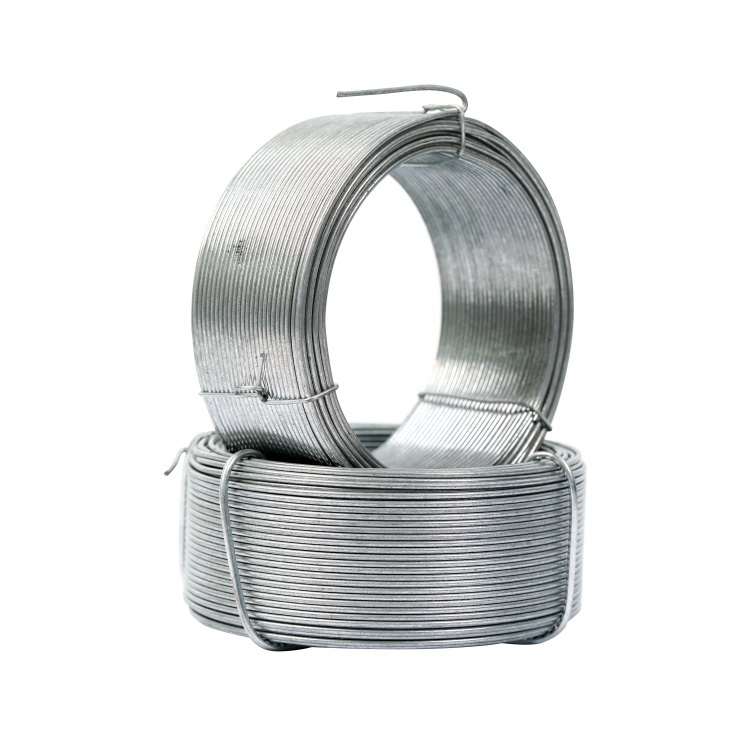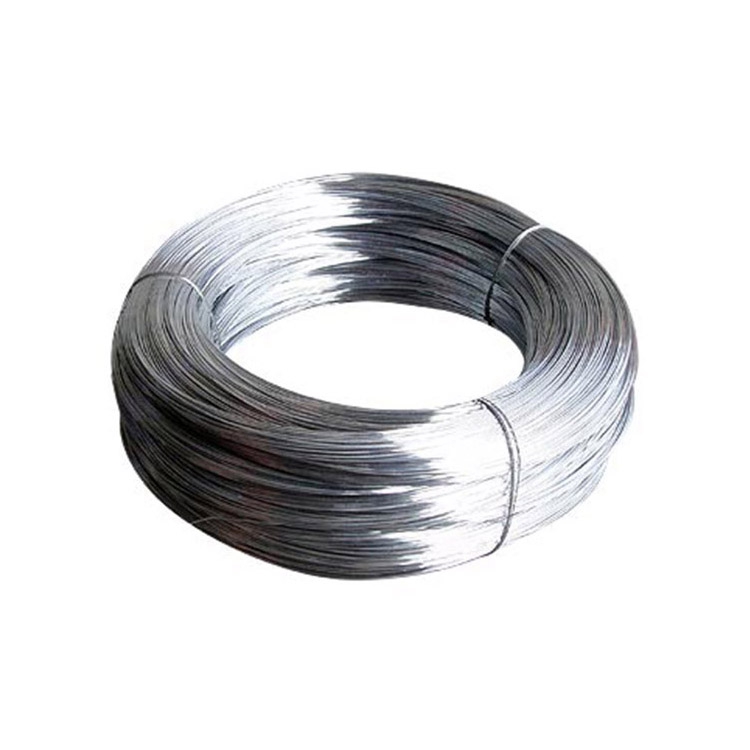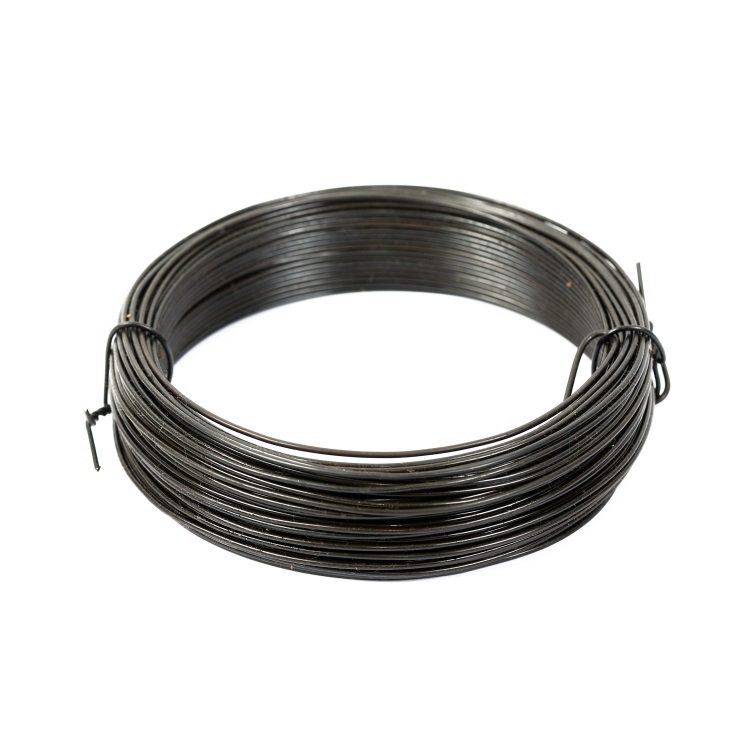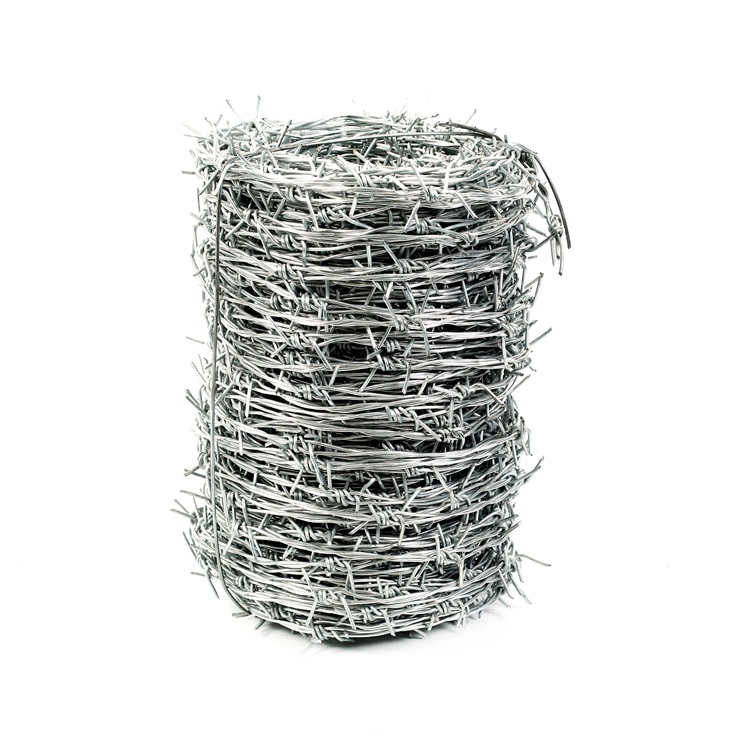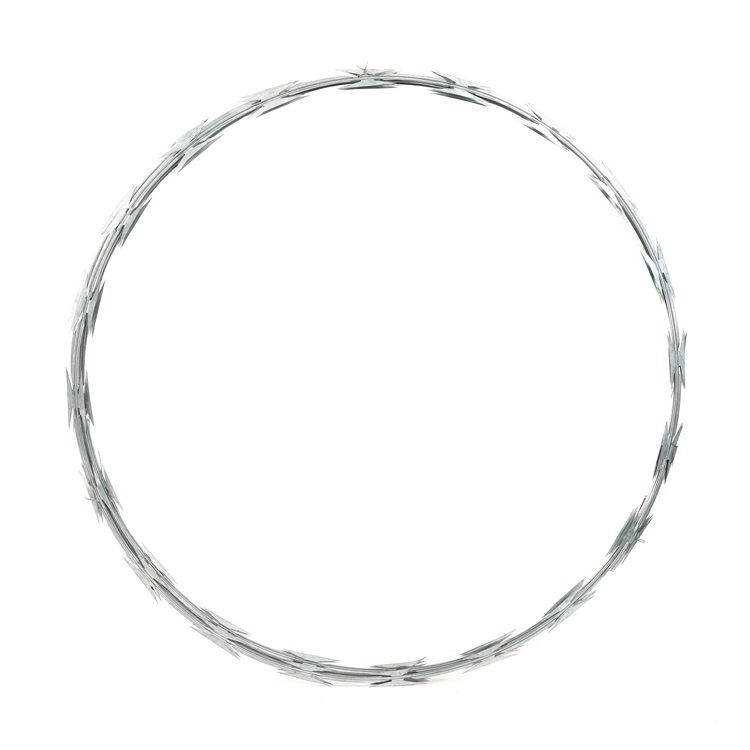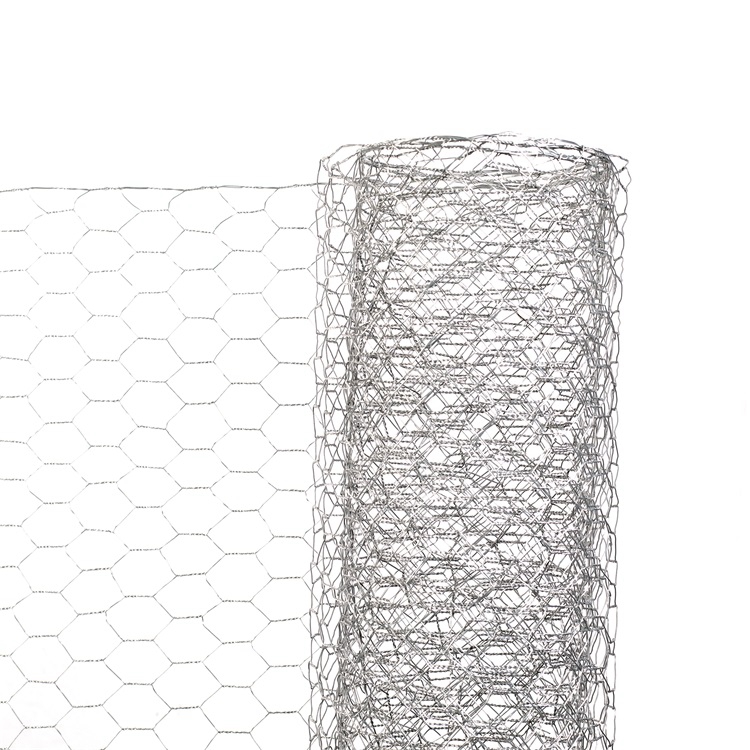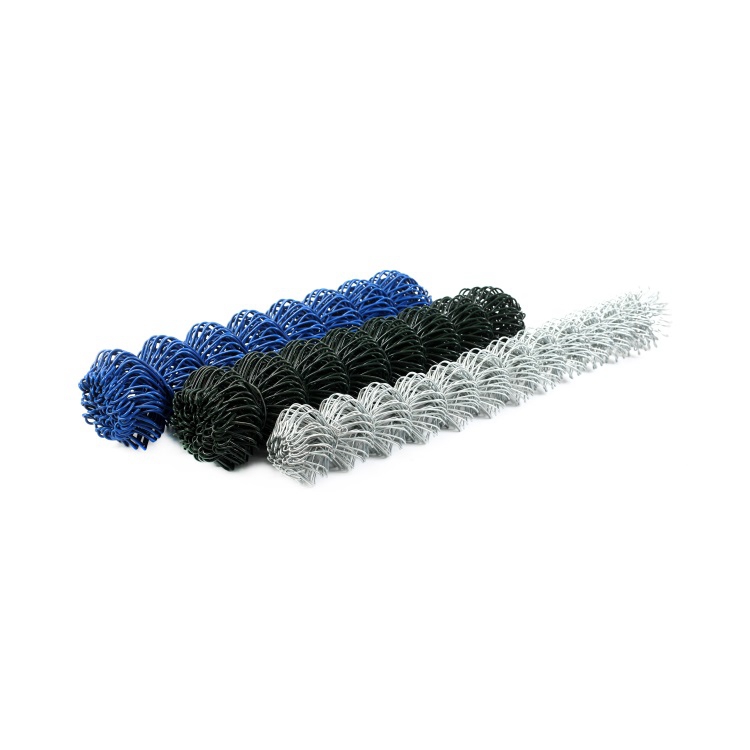Pairing Galvanized Steel with Metal-Cored Wire Benefits Speed and Performance in Auto Applications
Archived
Intended to improve the average fuel economy of cars and lightweight trucks sold in the United States, the CAFE regulations were first enacted by Congress in 1975. Increasingly stringent standards recently issued by the U.S. Department of Transportation and the U.S. Environmental Protection Agency require average fuel economy to be the equivalent of 54.5 mpg for cars and light-duty trucks by model year 2025.
Because galvanized steel offers thinner gauges while still providing high strength and corrosion resistance, the material can help automotive manufacturers reduce total vehicle weight by hundreds of pounds in some cases, to help meet the increasingly strict fuel economy requirements.
However, welding galvanized steel presents some challenges. The zinc coating of the metal can contribute to porosity, both on and below the surface of the weld, a quality issue that can require costly rework for manufacturers. Also, with thin materials such as galvanized steel, there is an increased potential of burn-through.
These challenges often can be addressed by using metal-cored wire that is formulated specifically for use with galvanized steel. This type of wire is capable of providing faster travel speeds at lower temperatures, and it can help improve productivity and efficiency while producing high weld quality, especially when combined with a Pulsed Gas Metal Arc Welding (GMAW) process.
Galvanized steel benefits
Galvanized steel has numerous properties that make it a good choice for many automotive manufacturing applications. It has a protective layer of zinc on its surface, so the material offers excellent corrosion resistance and high strengths, even at thinner gauges such as 1.2 millimeter. Galvanized steel also is more cost-effective than a base metal like aluminum or stainless steel.
Because of the CAFE regulations driving the need to reduce vehicle weight, these properties offered by galvanized steel are leading more automotive manufacturers to convert to the material for more applications — typically for components that are thinner than 2 millimeters and exposed to the external environment, because they need the extra corrosion resistance. In the past, galvanized steel may have been associated with automotive body skins of less than 1 millimeter, but in recent years use of the material has expanded into other structural components such as frames, suspension and engine cradles.
There are different types of galvanized steel, all with their own characteristics and recommended applications. The two main types of galvanized coatings used in the automotive industry are hot-dipped and electro-galvanized. Hot-dipped galvanized steel typically is cheaper to produce, and therefore offers cost savings up front compared to electro-galvanized. But it also presents more challenges and can be harder to weld, leading to higher costs in the long run. Electro-galvanized is a more controlled process that results in an even coating of the material — a consistency that makes it easier to weld than hot-dipped galvanized steel.
Galvanized steel challenges
Surface porosity on galvanized steel is a common issue that is regulated by American Welding Society (AWS) standards. The AWS standards only include specifications for porosity on the surface, and they do not address subsurface porosity or zinc-coated steels specifically.
The travel speed used during the welding process directly impacts the presence of porosity. The faster the travel speed, the faster the weld pool tends to freeze, which can be especially troublesome since zinc vaporizes at a much lower temperature than steel melts. The temperature differentiation can lead to gas pockets becoming trapped because the weld solidifies before the zinc gas can escape.
The ability to minimize porosity while also maximizing travel speed is key to supporting high quality and productivity in automotive manufacturing applications using galvanized steel.
In addition to porosity, other potential challenges when welding galvanized steel include increased risk of burn-through due to the heat input, and the presence of silica islands in the weld, especially those that may break free after the e-coat or paint process or those that adhere to the toes of the weld, which can be a potential source of rust later on in the life of the part.
Another issue for manufacturers to consider when converting to galvanized steel is the weld fume created during the process. Even though most automotive applications with galvanized steel use robotic welding processes, it’s still important to invest in the appropriate level of ventilation or fume extraction.
The advantages of metal-cored wire
As use of galvanized steel grows, welding manufacturers are developing more technologies aimed at solving the challenges presented by the material. One way to address the issues presented by welding galvanized steel is switching from solid wire to a metal-cored wire developed specifically for use with the material.
Welding galvanized steel with solid wire typically results in slower travel speeds and hotter temperatures. This causes a larger heat-affected zone, which can burn away more of the zinc oxide coating on the material, potentially resulting in a larger area that is prone to corrosion later. This is an important consideration for automotive manufacturers, since many of them offer a corrosion warranty that covers against rust for a period of time, which can be 15 to 25 years in some cases.
Travel speeds with metal-cored wire are much faster than the speeds achieved with solid wire — often double the inches per minute with some metal-cored wires — since one of the greatest advantages of metal-cored wire is its high deposition rate.
Metal-cored wire is a type of tubular wire consisting of a metal sheath filled with metallic powders, alloys and arc stabilizers. As opposed to solid wire, metal-cored wire carries higher current densities (at equivalent amperage settings), making it possible to put more weld metal in a joint in less time during the welding process. Those faster travel speeds make metal-cored wire a frequent choice for robotic welding applications, like those found in automotive manufacturing. Achieving the same weld quality with solid wire would require much slower welding speeds and with it, higher heat input and potentially, burn-through.
Recent advancements in metal-cored wires, specifically some carrying the AWS classification E70C-GS, provide significant advantages for welding galvanized steel. These wires feature formulations that allow them to weld with a direct current electrode negative (DCEN) or straight polarity. Operating in straight polarity offers distinct advantages when welding thin gauge galvanized steel, including:
- A softer arc penetration that prevents burn-through on thinner gauged material.
- An improved penetration profile.
- Sufficient arc energy to vaporize the galvanized zinc coating, which minimizes surface and subsurface porosity.
Like other metal-cored wires, the wires designed for welding galvanized steel also feature arc stabilizers that help improve metal transfer from the wire to weld, effectively reducing spatter and the need for post-weld cleaning or slag removal, which could slow down overall throughput.
Because of these numerous advantages, switching from solid wire to metal-cored wire paired with a Pulsed MIG welding process can greatly reduce the amount of necessary rework for manufacturers using galvanized steel.
In one case, the manufacturer of a bumper substructure that required welding high-strength steel to galvanized components was having issues with gaps, travel speed and spatter. This manufacturer needed travel speeds of about 40 inches per minute to meet production requirements, but they were getting 25 to 30 inches per minute with solid wire.
Also, the incomplete fusion and the inability to fill gaps using the solid wire was resulting in nearly 100 percent rework — greatly increasing the manufacturer’s labor and consumables costs.
After switching to a metal-cored wire that allowed them to weld with DCEN, the manufacturer was achieving travel speeds of about 45 inches per minute and saw rework drop to about 10 percent, for significant productivity and quality gains.
Increased productivity
While some manufacturers may be hesitant to undertake a change that could require them to re-qualify a new process or new wire, the quality and productivity gains that can result make it an investment worth considering for automotive galvanized steel applications.
The application and material thickness being welded are important considerations when choosing the most appropriate filler metal. When welding galvanized steel in automotive applications, weld quality and porosity requirements — and how specific types of filler metals impact those issues — also are important considerations.
Recent advancements in filler metal technology are providing automotive manufacturers with new ways to address the challenges presented when welding galvanized steel, resulting in increased productivity and improved quality.
-
Wire Mesh Solutions for Modern Industrial Needs
NewsJul.17,2025
-
Steel Wire Powers Modern Industrial Applications
NewsJul.17,2025
-
Iron Nails Big Iron Nail Price Guide Bulk Buyers
NewsJul.17,2025
-
Durable T Post Solutions for Industrial Fencing Projects
NewsJul.17,2025
-
Durable Hexagonal Wire Netting For Modern Applications
NewsJul.17,2025
-
Building Material Wholesale Solutions for Modern Construction Needs
NewsJul.17,2025








